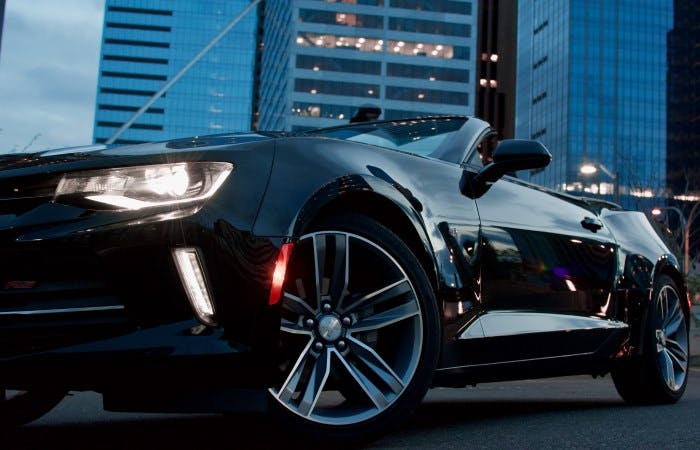
When you start learning to drive, most of the emphasis is placed on skills like clutch control, dealing with junctions and those pesky driving test manoeuvres. What you might not have spent much time on, however, is the range of car lights you have at your disposal. It's important, however, that you can not only identify the lights on your car, but also know when to use them. If you're using them incorrectly, or not at all, you could end up with a fine and penalty points. With that in mind, we've created a guide to car lights.
We're going to walk you through everything you need to know about car lights, from where they're located to when you will need to use them. Get the full lowdown below!
The different types of car lights
Virtually all cars, regardless of their make or model, come with the same assortment of lights. Though their controls might differ from car to car, the placement of them will remain near enough the same. Each set of car lights has a different use and comes with a range of rules that you need to understand and follow.
So, without further ado, let's delve into the car lights you have at your disposal...
Brake lights
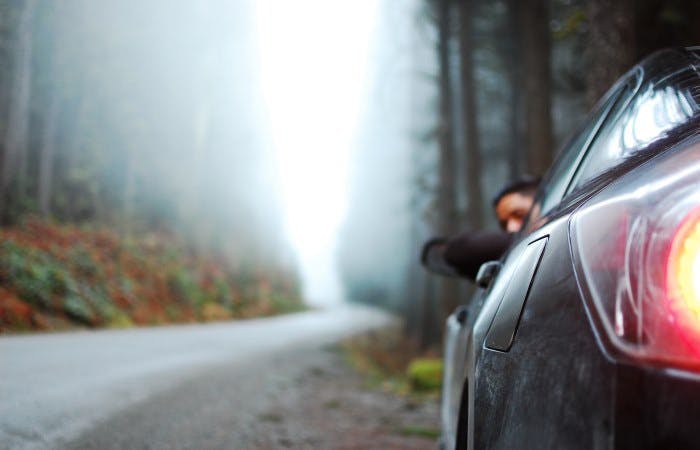
Brake lights can be found right at the back of your car. They're bright red and will light up as soon as you depress the brake pedal. This is an automatic process. You don't have to press any buttons or turn any switches. Now, your brake lights are incredibly useful for other road users. The moment that they see your brake lights come on, they know that you're slowing down—meaning that they need to slow down as well in order to avoid tailgating or colliding with you.
If you're stuck in a stationary queue of traffic, you should avoid using your brakes in an on-and-off fashion. Instead, apply your handbrake and switch to neutral gear in order to deactivate the brake lights. Doing so will minimise any glare to the road users that are behind you. It will also reduce wear and tear on your clutch pedal. Once traffic starts moving again, you can disengage the handbrake and be on your merry way.
Now, as your brake lights are located at the back of your car, it can take you a while to notice when one of the bulbs has blown. That's why it's important that you check on them every week or so. If you're pulled over by the police with a faulty or broken brake light, you could end up with:
- A fixed penalty notice which involves a £60 fine and 3 penalty points
- A Vehicle Defect Rectification Notice which gives you 14 days to fix the fault
- Your car being taken off the road
And that's not all! You've also got to think about the safety of other road users. If your brake lights are faulty when you're slowing down on the road, the driver behind you might not notice until it's too late—causing a serious collision. All you need to do to avoid this is take five minutes out of your week to check your brakes. You can do this by getting someone to stand behind your car while you apply the brakes.
Dipped headlights
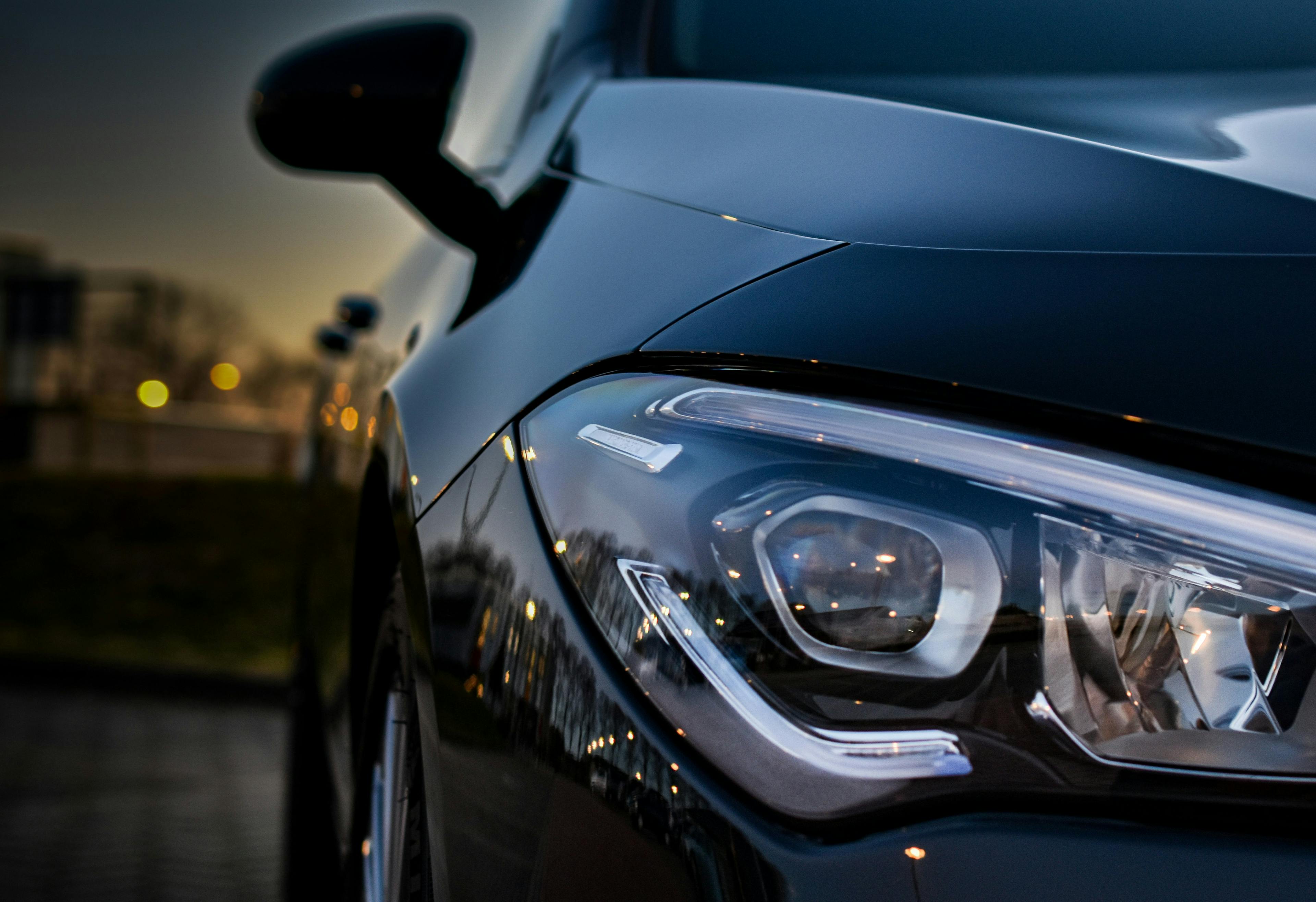
Dipped headlights are probably the most used car lights you have at your disposal. You'll find them right at the front of your car. They get their name from the downward angle they're tilted at—they point towards the road, rather than directly ahead. This angle increases your visibility without dazzling other road users. You're supposed to use your dipped headlights when driving at night in built-up areas and at daytime when visibility is reduced due to the weather. (Generally speaking, low visibility is usually when you can't see more than 100 metres ahead of you.)
It's vital that you make sure both of your dipped headlights are working properly. You rely on them too much to be able to go without them. Just imagine how dangerous it would be to drive without them at night on a dual carriageway or motorway. You'd be completely invisible to other road users! If you're caught by the police with a blown bulb, you could end up with:
- A fixed penalty notice which includes a £60 fine and 3 penalty points
- A Vehicle Defect Rectification Notice which gives you 14 days to fix the fault
- Your car being taken off the road
Fog lights
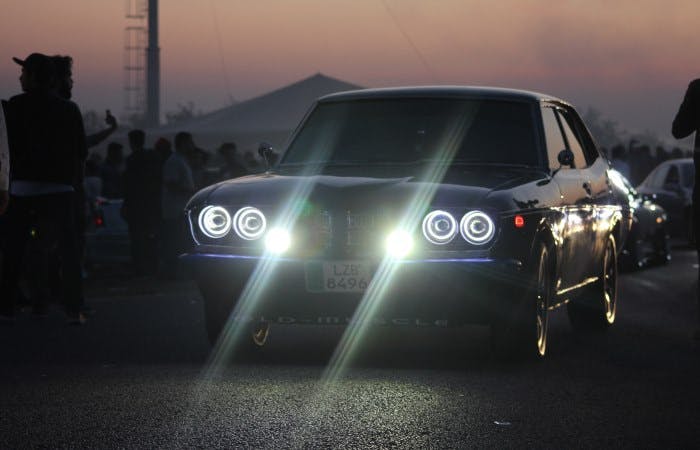
If you've not been driving for very long, you might never have driven in foggy conditions. If that's the case, it can be very daunting to do so for the first time. With such limited visibility, it can be difficult to see any potential hazards in front of or behind you. This is where your fog lights come into play. It's a legal requirement for all cars in the UK to have at least one rear fog light. Most cars nowadays, however, tend to have sets at the front and back.
When your visibility is severely reduced on the road due to fog (when you can't see more than 100 metres ahead), you need to switch your fog lights on. This will help you see the road ahead more clearly and also ensure you stay visible to other motorists. Here's the important part, though: once visibility improves and the fog dissipates, you need to switch off your front and/or rear fog lights. If you don't, they could end up dazzling other motorists and cause a collision.
Full beam headlights
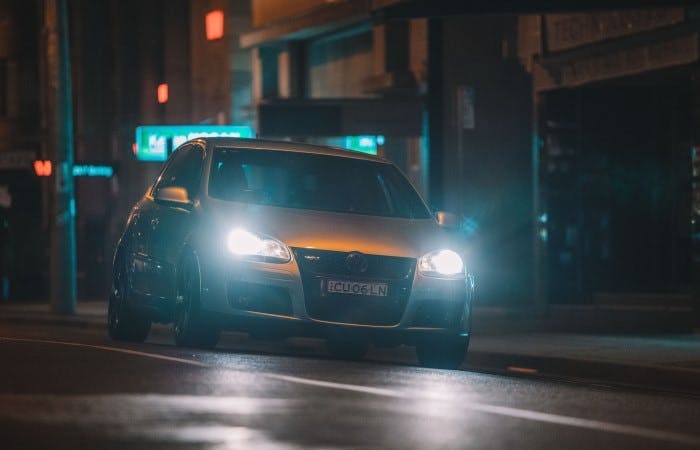
As you'd expect from the name, your full beam headlights are the brightest set of car lights in your arsenal. You'll find them right at the front of your car. Unlike dipped headlights, full beam headlights are much higher and are designed to help you see as much of the road ahead as possible.
Due to their intensity, you should only ever use your full beam headlights when you're travelling on unlit roads at night. If you attempt to do so in other situations, you could potentially dazzle other road users and cause an accident. If you're using your full beam headlights, but you encounter oncoming traffic, or intend to turn into a road, you need to switch to your dipped headlights in order to avoid dazzling anyone.
If you happen to damage one of your dipped headlights, do not try to use your full beam ones instead. It will end up causing a serious accident. Instead, get your dipped headlight(s) fixed as soon as possible.
Hazard lights
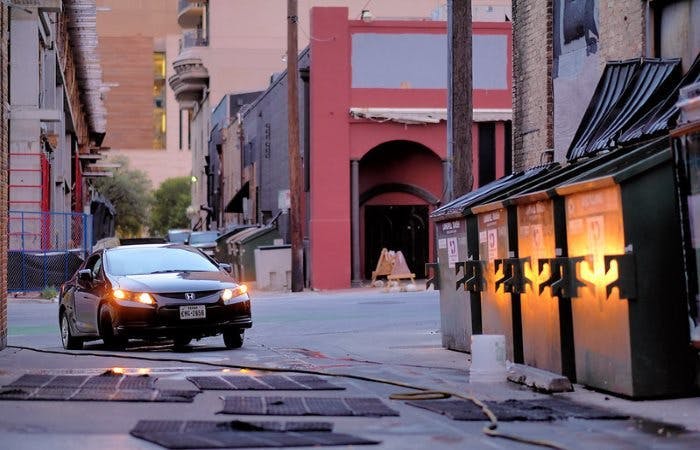
Your hazard lights are actually your indicators. When you activate them, all four indicators will flash continuously until you deactivate them. They can't be used for just any old purpose, though. According to the Highway Code, there are only a few key situations in which you should make use of your hazard lights:
- If you've temporarily stopped your car and are causing an obstruction on the road. This will give other road users enough time to adjust their speed and plan their next move. Please note, you will need to have stopped in a legal spot—hazard lights aren't an excuse for dangerous or illegal parking.
- If your car has broken down. If you're waiting for breakdown recovery, you'll want to activate your hazard lights in order to warn other drivers of your presence. It's not enough to just use your lights in this situation—read up on our guide to what happens when your car breaks down for more information.
- If you've spotted a hazard on a motorway or dual carriageway. If you're driving on these types of roads, and you suddenly spot a broken down vehicle or a large pothole, for example, you can use your hazard lights to warn the other motorists behind you. You should only use them long enough to ensure your warning has been spotted.
You might on occasion spot another motorist using their hazard lights as a way of thanking another motorist for giving way to them—it will be a quick flash. Other than the above situations, however, you should avoid using your hazard lights. You don't want to confuse other road users.
Indicators
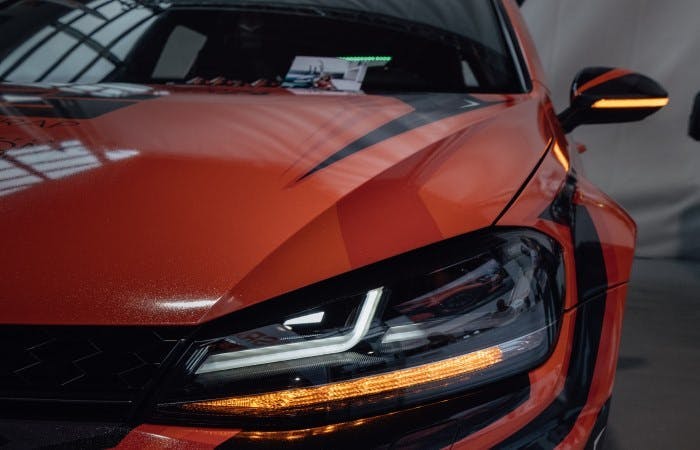
Whether you're learning to drive or have already got your full licence, we like to think that we shouldn't need to discuss how indicators work. After all, they're a vital part of driving. That being said, we'll run through a quick recap. You've got four indicators in total, situated next to the headlights and tail lights. They should be used when you're signalling to turn into a road or pull over.
Your indicators let other motorists, cyclists and pedestrians know what you intend to do. When you signal, you give them ample time to adjust their driving—they might need to slow down or change the lane they're in. In certain situations, you might end up on a completely empty road. In such cases, with no-one around to benefit from your signal, you wouldn't need to use your indicators.
Timing is key when it comes to using your indicators, as your instructor will have undoubtedly told you. If you switch them on too early, it could confuse other road users into assuming you intend to turn into a closer road. If you leave it too late to signal, however, road users might assume that you're going for a later turning, which creates problems if they don't slow down in time when you make the turn.
Sidelights
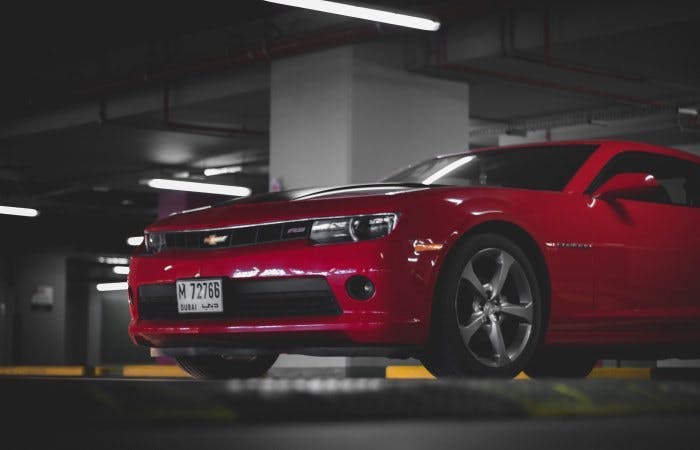
You can find your sidelights on the front corners of your car. When they're switched on, they will also activate your tail lights and rear registration plate light. Though, perhaps not as impressive or flashy as your other car lights, your humble sidelights still come with an assortment of uses.
If you're driving between the hours of sunset and sunrise, you must ensure that your sidelights are lit. You're also required to use them whenever you're parking your car at night in an area with a speed limit of 30mph or above. This will help make sure your car is visible to all nearby road users.
As your sidelights aren't as bright as standard headlights, they should only ever be used alone if it's not dark enough for you to use dipped headlights. Typically, though, you'll use them in conjunction with your dipped headlights. If one of your headlight bulbs malfunctions, you can use your sidelights to maintain visibility. It will also help other road users identify you as a car, rather than a motorcycle.
Tail lights
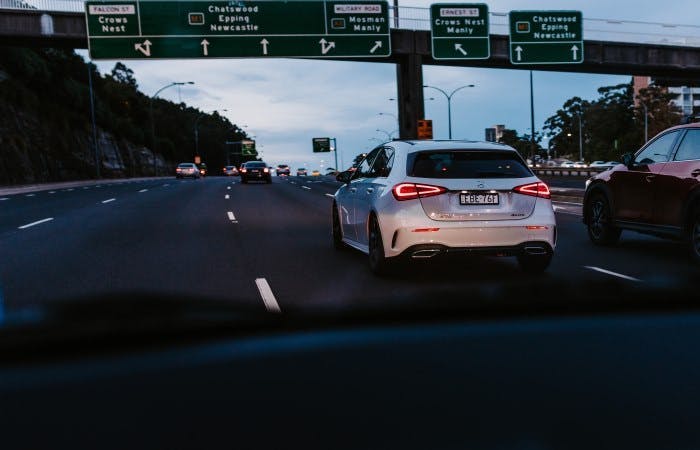
As the name suggests, you can find your tail lights right at the back of your car. Unlike most of your other car lights, you don't actually have to do anything to activate your tail lights. They will turn on at the same time as your headlights. This means that, whether you switch your headlights on manually, or they come on automatically, your tail lights will be on by default.
So, what's the purpose of your tail lights? It's pretty simple really. It's important that other road users can see you when you're driving. Your tail lights aid you in this regard. Any motorists driving behind you will be able to spot a pair of small red lights at the back of your car. This will help them gauge how close or far away you are.
Subscribe for driving advice, offers & more
We'd love to let you know about our courses, news and offers via email. You may unsubscribe at any time.
Star Genie Limited trading as PassMeFast. Company number 10093359
Copyright © 2024 owned by Star Genie Limited
PassMeFast, Blue Tower, MediaCityUK, Salford, M50 2ST

